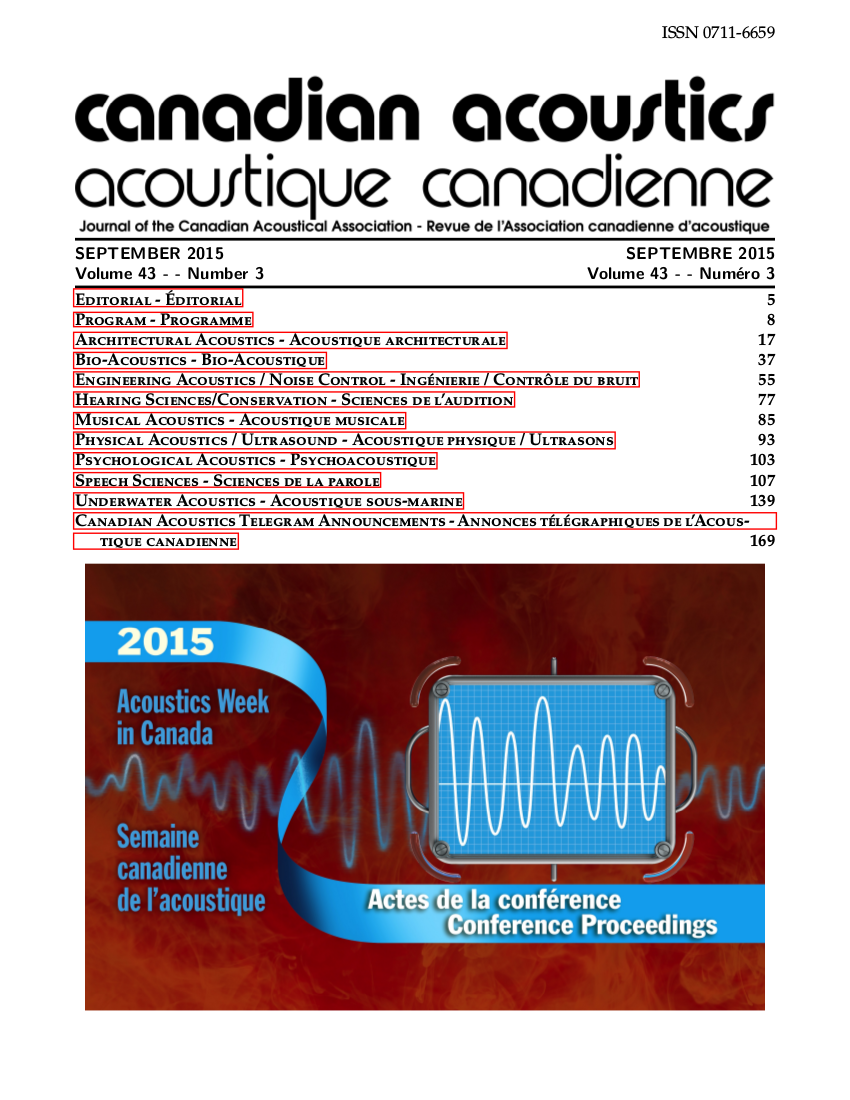Spectrum Analysis and Directivity Pattern of a Transducer-Driven Conch Shell
Abstract
The sound of a conch shell is very unique in nature and has been used in different cultures around the world, mainly in India, Greece and Japan. It was used to mark auspicious occasions, for signaling purposes and on rare occasions as a musical instrument.
The conch shell is considered as one of the earliest “horn instruments” used by mankind. However studies on the acoustical properties of the instrument is scarcely found in literature. In order to shed more light on the nature of the conch shell sound, we obtained X-ray images of two different conch shells. The images were processed for analyzing the geometry of the spiral cavity. We tried finding a spiral geometry that best matches and describes the spiral cavity displayed in the X-ray scans. Furthermore, the directivity pattern of a conch shell driven by a small loudspeaker and an electro-pneumatic transducer are measured experimentally. It is found that the shell radiates sound uniformly in space at frequencies near the cavity’s resonance. The shell's sound spectra in three different excitation cases are also compared (lip excitation, loudspeaker and electro-pneumatic transducer). As expected, the sound spectrum of the lip-driven shell contains clear peaks at a fundamental frequency and its harmonics, giving the sound a musical tone. In contrast, the overtones of the loudspeaker and electro-pneumatic transducer driven shell are not harmonics of a fundamental frequency.
Additional Files
Published
How to Cite
Issue
Section
License
Author Licensing Addendum
This Licensing Addendum ("Addendum") is entered into between the undersigned Author(s) and Canadian Acoustics journal published by the Canadian Acoustical Association (hereinafter referred to as the "Publisher"). The Author(s) and the Publisher agree as follows:
-
Retained Rights: The Author(s) retain(s) the following rights:
- The right to reproduce, distribute, and publicly display the Work on the Author's personal website or the website of the Author's institution.
- The right to use the Work in the Author's teaching activities and presentations.
- The right to include the Work in a compilation for the Author's personal use, not for sale.
-
Grant of License: The Author(s) grant(s) to the Publisher a worldwide exclusive license to publish, reproduce, distribute, and display the Work in Canadian Acoustics and any other formats and media deemed appropriate by the Publisher.
-
Attribution: The Publisher agrees to include proper attribution to the Author(s) in all publications and reproductions of the Work.
-
No Conflict: This Addendum is intended to be in harmony with, and not in conflict with, the terms and conditions of the original agreement entered into between the Author(s) and the Publisher.
-
Copyright Clause: Copyright on articles is held by the Author(s). The corresponding Author has the right to grant on behalf of all Authors and does grant on behalf of all Authors, a worldwide exclusive license to the Publisher and its licensees in perpetuity, in all forms, formats, and media (whether known now or created in the future), including but not limited to the rights to publish, reproduce, distribute, display, store, translate, create adaptations, reprints, include within collections, and create summaries, extracts, and/or abstracts of the Contribution.


